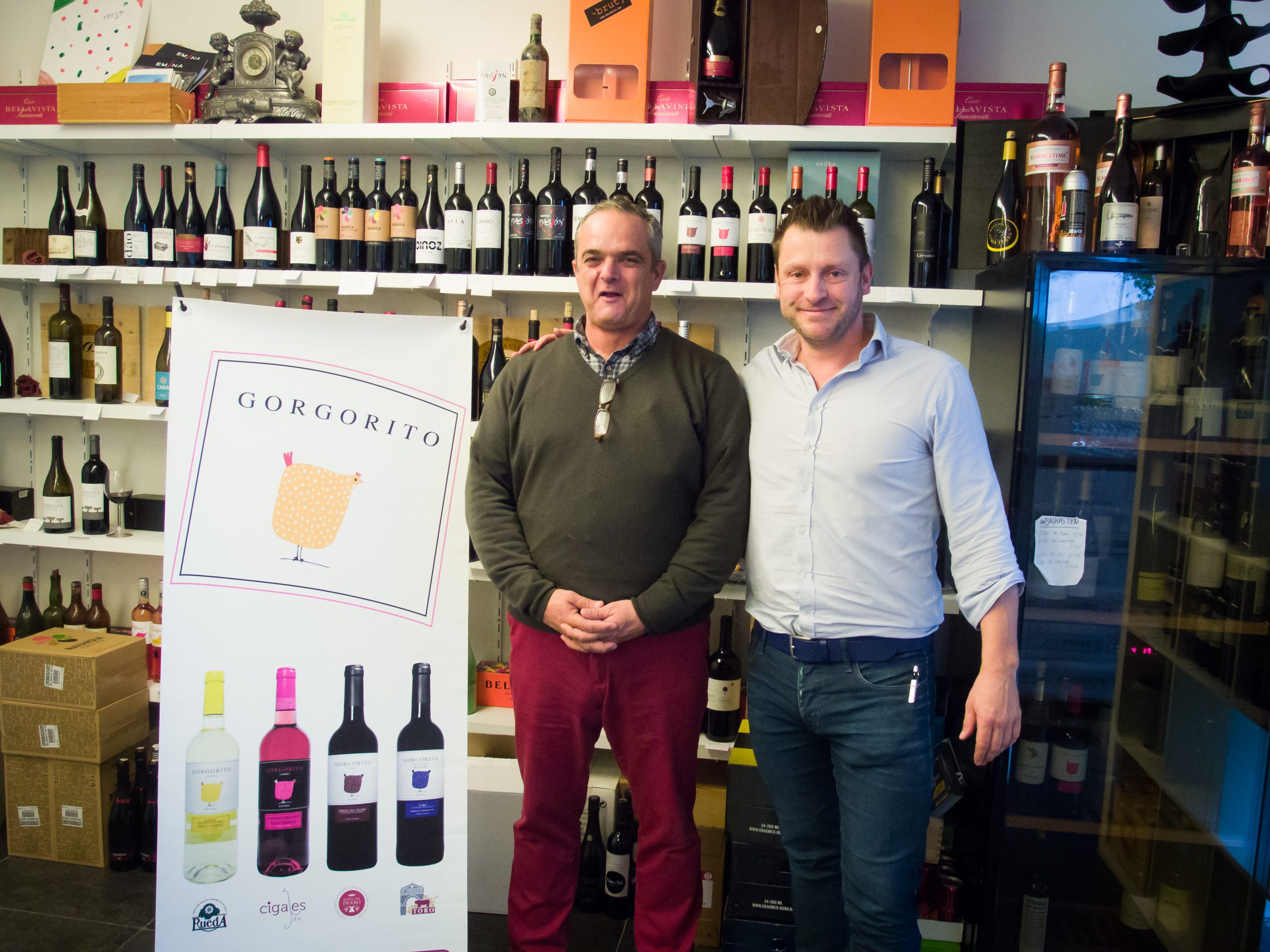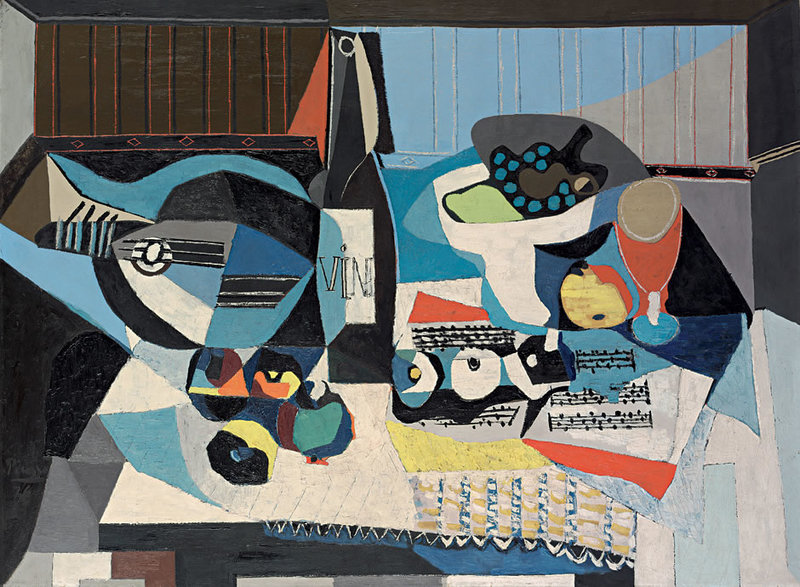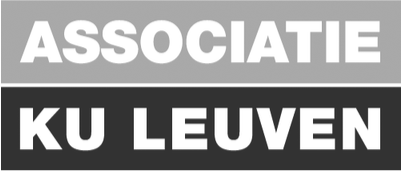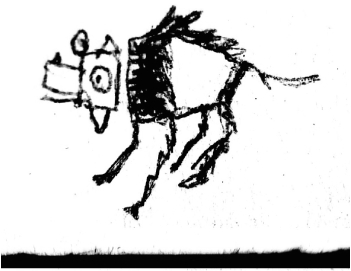Late autumn is the wine-y time of year. There is something tender about looking at the whirling leaves in the comfort of your favorite sweater while sitting in front of the fire with a glass of red in your hand.
‘The moon is low in the evening sky, it’s time to taste some wine’, says Bert Vangertruijden who greets his guests at his cosy wineshop “Brut” in the village of Martenslinde in Bilzen (Belgium), nestled between the cities of Maastricht and Hasselt. This wine shop is on an extraordinary mission – to bring a personal selection of wines and liqueurs to the region of Limburg, not the average assortment supermarkets sell.
It’s one of those wine tasting weekends when Bert introduces to his guests the new selection of wines. What makes the evening even more special is the fact that the Spanish wines are presented by Santiago Enciso, the export manager of Bodegas Copaboca, the family owned wine label whose claim to fame is that they practice sustainable viticulture and their wines are certified Green Wines, or “Marca Natural”.
Their winery has a limited production due to low yields per hectare and few rainy days. About 2% of their business income is reinvested through organizations (NGOs, Associations, Volunteer), involved in environmental conservation to maintain and preserve the natural reserves of Spain.
Side by side with Santiago, under his supervision, we are starting the evening with the Spanish Copaboca wines – the Gorgorito series. They are complex and seem to be high in alcohol.
There are red berries and earth in “Bodegas Copaboca Gorgorito Tinta de Toro”, on the nose tobacco, leather and cedar, on the palette not so fruity, very dry, with high acidity and tannic. Another pleasant one is “Bodegas Copaboca Gorgorito Roble 2015”: vanilla, leather, a bit of cinnamon, oaky, and relatively smooth.
“Cérvoles Tinto”. The character is amazing, very delicate, smooth and oily, elegant but deep and with grounds. Very dark almost black cherry colour with ruby edge. Aromas of red and ripe black fruits. In mouth, almost extraordinary. Very good acidity that demands yet another sip. Expressive.
“Venta del Puerto Nº12 Selección Especial 2013”. Very good strong Spanish wine. It is rich, complex, and dense with a muscular structure and a silky texture. Finish elegant, long and powerful.
A small note on “Juan de Juanes” wines that I always order at “De Ezel” pasta restaurant in Tongeren, the best Spanish wine I’ve ever tried. The range of wines “Juan de Juanes” was created in honour of the great artist – Juan de Juanes, who was born in La Von de la Figuera in 1523. He is considered the founder of the religious iconography of the era of the Spanish Renaissance. All wines produced under this brand, is a kind of reverence of his personality, and can be considered the work of art in its genre.
Today we are judging “Juan de Juanes Vendimia Plata – Cabernet Franc”. Rich, well-balanced red wine, which is used in the production of grapes Cabernet Franc, grown in Valencia. Very full-bodied, well-balanced taste of the wine is characterized by velvety tannins, the nuances of wood and a pleasant aftertaste. Thick texture. Concentrated red fruit mixed with all kinds of herbs and spices. There is no question why “Juan de Juanes Cabernet Franc” won a lot of medals at prestigious competitions, including four gold medals: in the “Concours Mondial de Bruxelles, 2013”, “Asia Wine Trophy, 2014”, “Berliner Wine Trophy” in 2014 and 2015.
The conclusion: the wines from the land of Pablo Picasso are good not only on walls, really.
“Pepe Nero Rosso Salento” is a nice Italian wine, not too sweet. Nose is bright cherry/cola. Palate is light on acid with no sig tannin. Similar notes of bright cherry/blackberry/cola/cassis all over. Not over done and off putting with fruit, but clearly fruit forward. Is a good one for casual drinking.
“Hugo” is an exemplary red wine from white wine lands. My absolute surprise and favourite of today’s degustation. Fully ripe sour cherries on the nose, the Austrian Hugo Red is made in a very fruity style. Compact on the palate with fine tannins, flavours of red berries and prunes echoed by minty tones.
It’s a blend of indigenous varieties: Zweigelt (80%), a modern grape developed by a Dr. Zweigelt in 1922, and Blaufräufrankisch (20%), a traditional Austrian and German grape known in other regions as Lemberger.
For anyone wanting a risk-free purchase I recommend any of the following red wines, especially for the upcoming winter months. However, whether it’s a present you are buying or a bar you are stocking, it is always better “to taste before you buy”. Join us in raising a glass on one of the free tastings at BRUT wineshop.
Cheers to your obsessions!
Address: Riemsterweg 135A, België – 3742 Martenslinde – Bilzen
Website: http://www.brutbrut.be
By Marina Kazakova

















